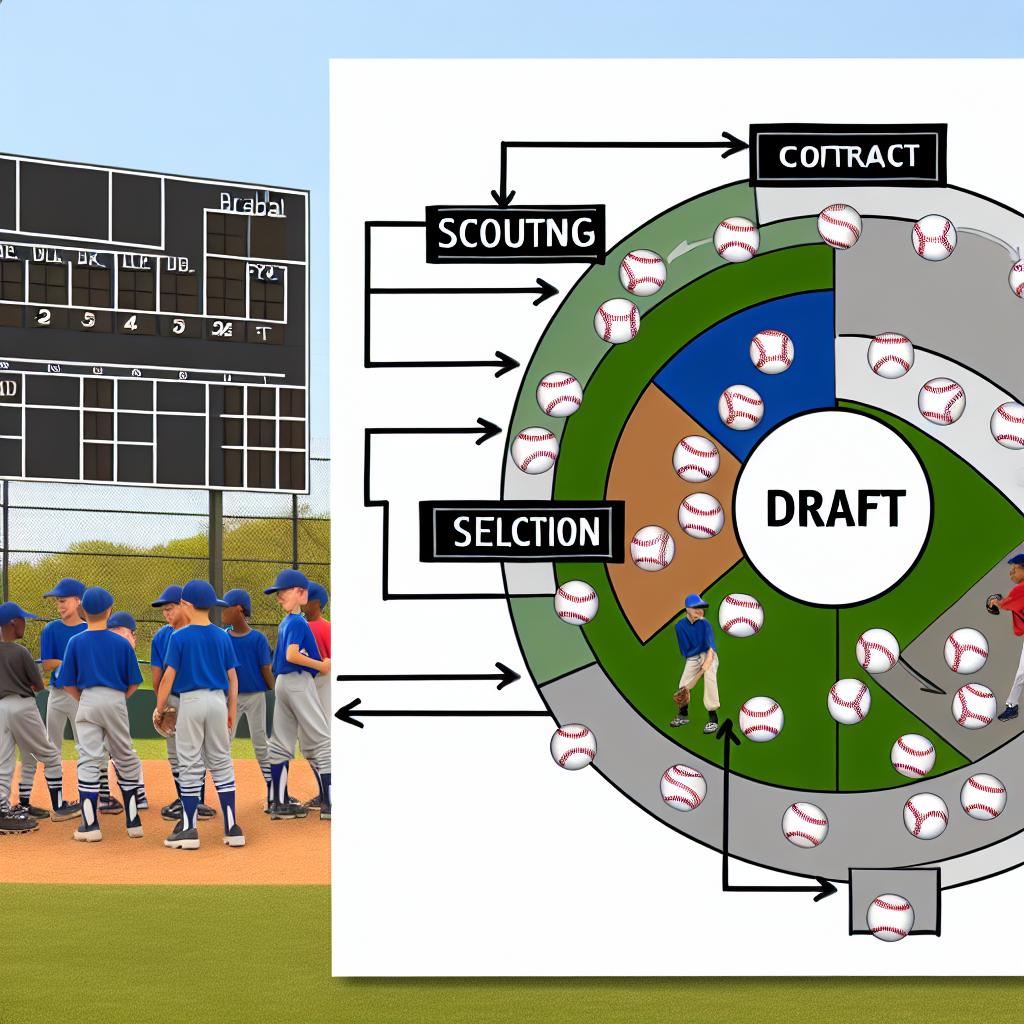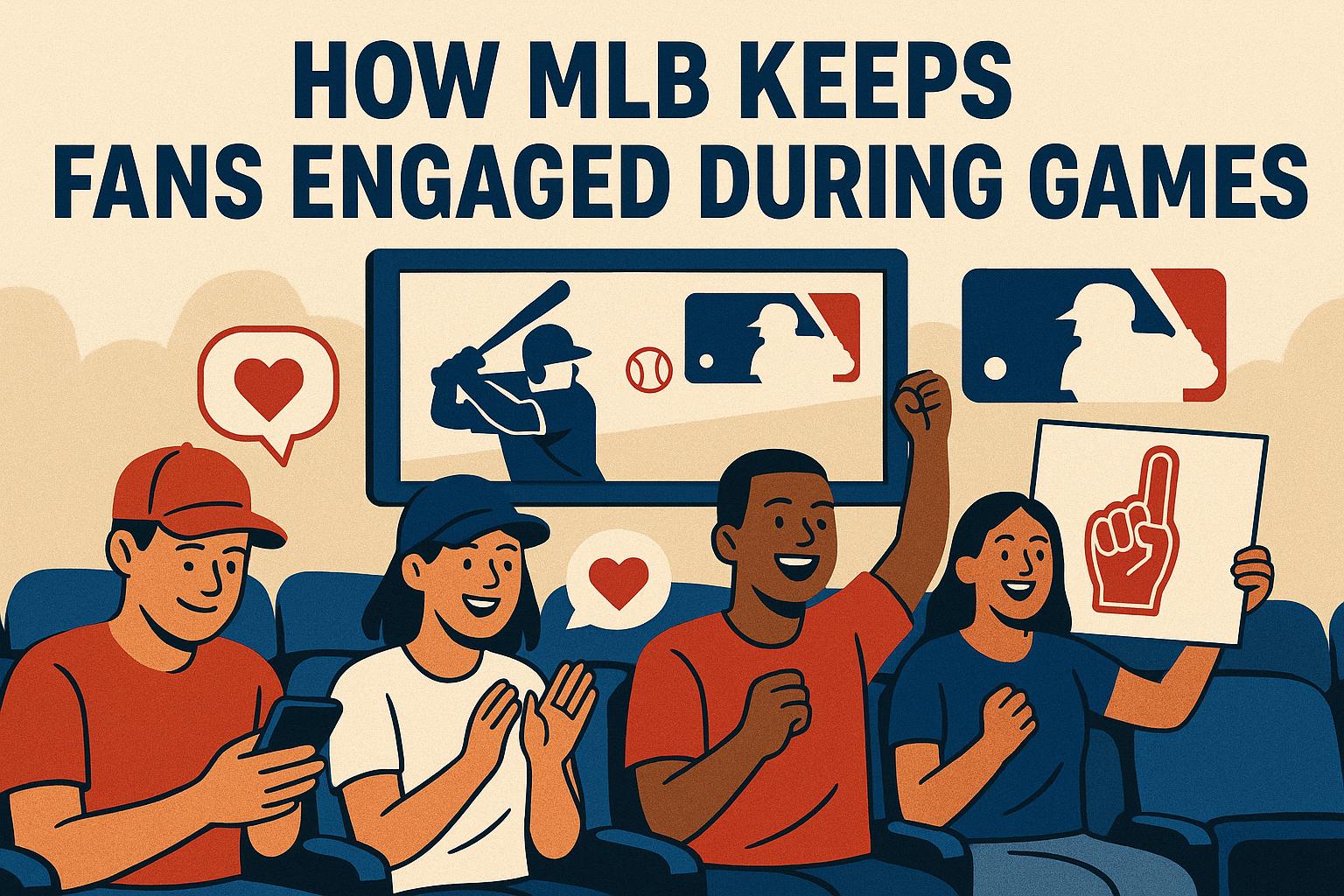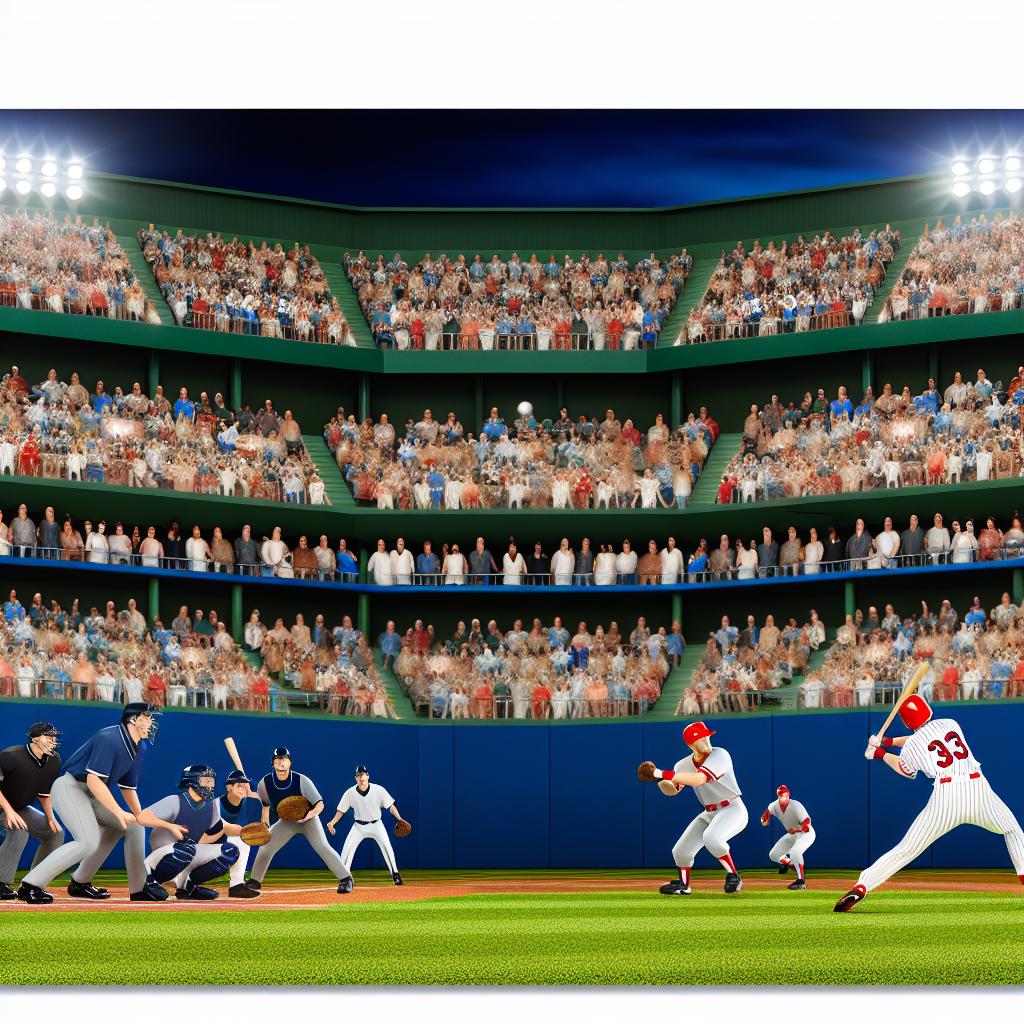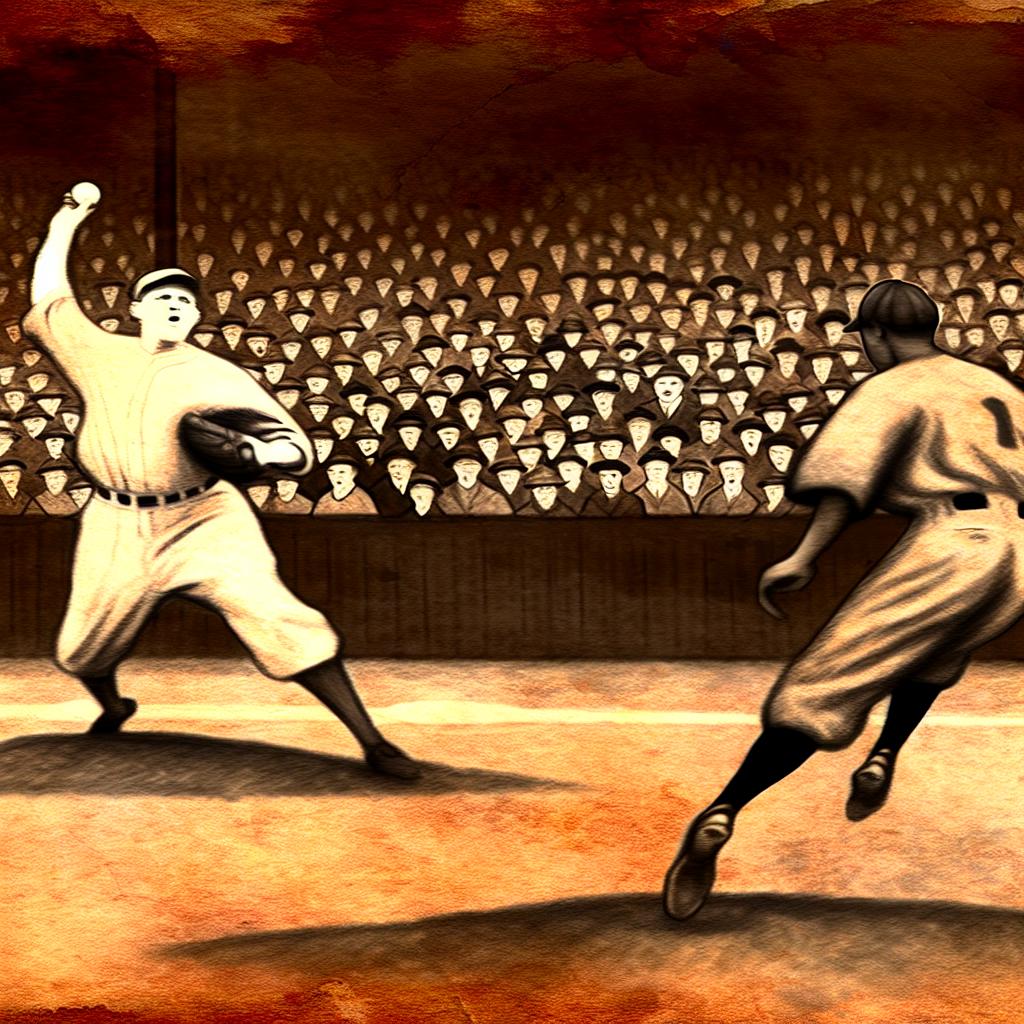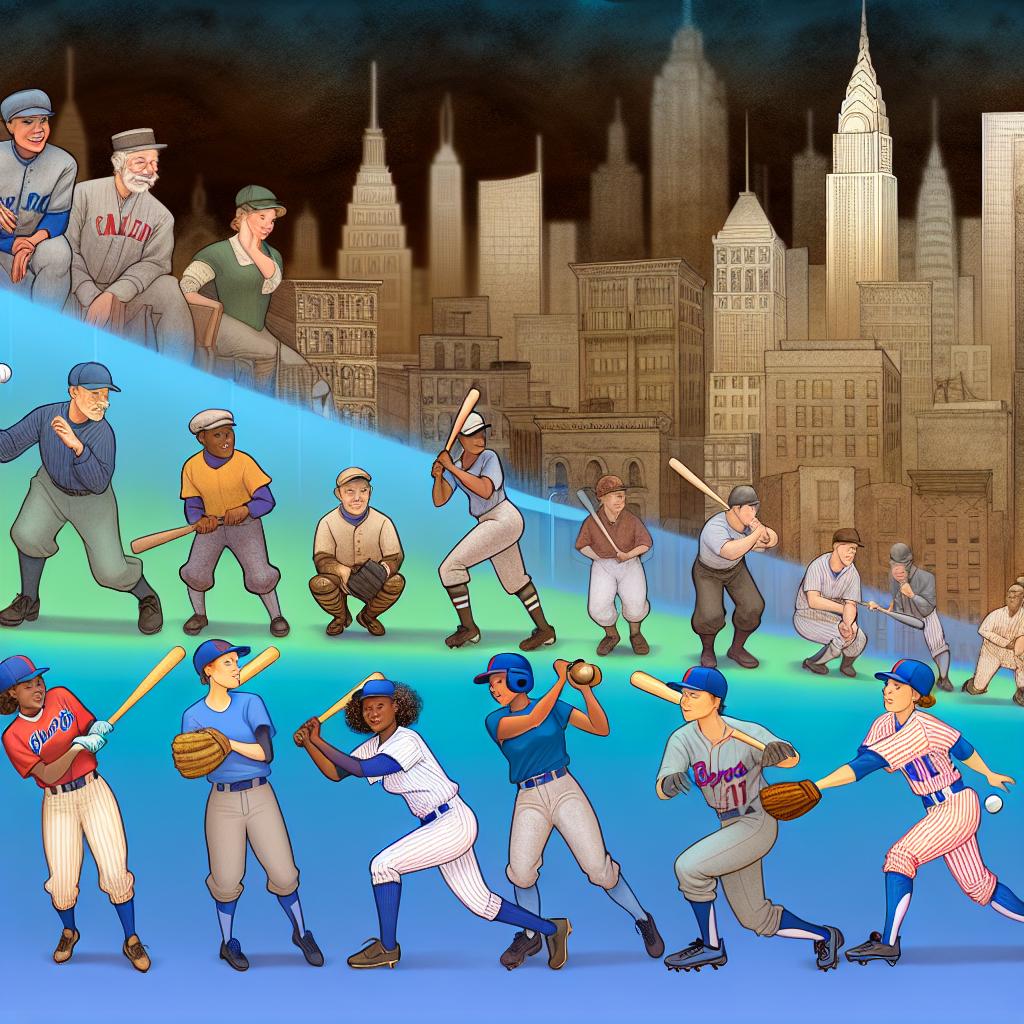Understanding the Structure of the MLB Draft
The Major League Baseball (MLB) Draft, formally known as the Rule 4 Draft, is an annual event where the 30 MLB teams systematically select players to join their organizations. This draft serves as a fundamental mechanism for teams to enhance their farm systems, discover potential stars, and maintain a level playing field across the league. The significance and impact of this draft on MLB team strategy and roster construction are profound, as it provides a structured format for acquiring promising talent.
Eligibility Criteria
Players eligible for the MLB Draft typically include high school graduates, college students, and international players who meet specific criteria. This eligibility spectrum highlights the distinctiveness of the MLB Draft compared to other major American sports drafts. Here’s a closer look at the different categories of players who might be eligible for the MLB Draft.
High School Graduates
High school players from the United States, Canada, and U.S. territories become eligible for the draft upon their graduation. This eligibility presents young athletes with an early entry point into professional baseball, providing them a pathway to embark on their careers shortly after high school. However, if a high school player opts to attend college, their draft eligibility is put on hold until they are either three years into college or reach the age of 21. This rule thus permits players to gain further experience and maturity before entering the professional sphere.
College Players
College athletes in the United States generally attain eligibility once they complete their junior or senior year of study. This provision allows players to refine their skills and gain valuable competitive experience in collegiate baseball before entering the professional ranks. Additionally, players attending junior colleges or community colleges represent another segment eligible for the draft. These players enjoy the flexibility of making the leap to professional baseball at any time, reflecting the MLB Draft’s accommodating approach to various educational pathways.
Draft Order Determination
The order in which teams select players during the draft is guided by a principle designed to foster competitive balance across the league. The draft order is based on the reverse of the previous season’s standings, meaning the team with the poorest record from the preceding season receives the first overall pick. This approach bestows struggling teams with a prime opportunity to secure top-tier talent from the upcoming draft class. By doing so, the league endeavors to ensure that all teams have an equal chance to improve and compete effectively, contributing to the overall parity and competitiveness of MLB.
Significance of the Signing Bonus
An integral aspect of the MLB Draft is the signing bonus associated with each draft slot. Each pick within the draft is allocated a predetermined slot value, which represents the bonus amount customarily extended to a player selected at that position. This slot system imposes a strategic layer upon teams, as they have a collective bonus pool for their picks in the first 10 rounds. Teams must navigate this financial constraint judiciously to extract maximum value and enhance their roster effectively. This consideration often steers team decisions during the draft, as they balance signing high-value players with the distribution of their financial resources.
Draft Length and Process
The MLB Draft is traditionally composed of multiple rounds, initially extending up to 40 rounds. However, this structure has undergone modifications over time, influenced by factors such as the COVID-19 pandemic. The resulting adjustments have led to a reduction in the number of rounds in recent years. Despite these changes, the draft process retains its core elements. The event initiates with a live broadcast featuring the initial rounds, followed by subsequent selections made through conference calls. Each stage of this process is pivotal, as teams methodically build their future lineups and forge the composition of their minor and major league rosters.
Team Strategies
A nuanced layer of strategic decision-making characterizes the MLB Draft, with different teams employing varied approaches. Some organizations focus on drafting the most talented players available, prioritizing the potential for superstar-caliber athletes. Others emphasize addressing specific organizational needs to bolster particular areas of their roster. An alternative strategy might involve selecting players anticipated to sign for below their slot value. This tactic allows teams to redistribute their bonus pool towards acquiring additional talents, demonstrating the intricacy and variability of draft strategies among MLB teams.
Post-Draft Process
After the draft concludes, the subsequent phase involves negotiations between teams and draftees. Selected players have until a specified signing deadline to reach terms with the organization that drafted them. Failure to reach an agreement enables the player to re-enter future drafts, often by choosing to pursue collegiate or continued athletic endeavors. This dynamic ensures that both players and teams retain flexibility in decision-making, facilitating potential re-entry for players while allowing teams to allocate their focus and resources elsewhere as needed.
For a deeper exploration of how teams strategize around their draft picks and to gain further insight into the MLB Draft, additional information can be accessed here.
Conclusion
The MLB Draft remains a multifaceted procedure meticulously designed to infuse youth and skill into baseball while simultaneously preserving competitive equity. Although the intricate rules and procedural frameworks may evolve, the underlying objective persists: balancing opportunity for aspiring players with the necessary replenishment of team rosters. As teams continue to navigate the complexities of drafting and development, the MLB Draft’s role as a cornerstone of strategic planning and talent acquisition ensures its enduring significance within the baseball landscape.

